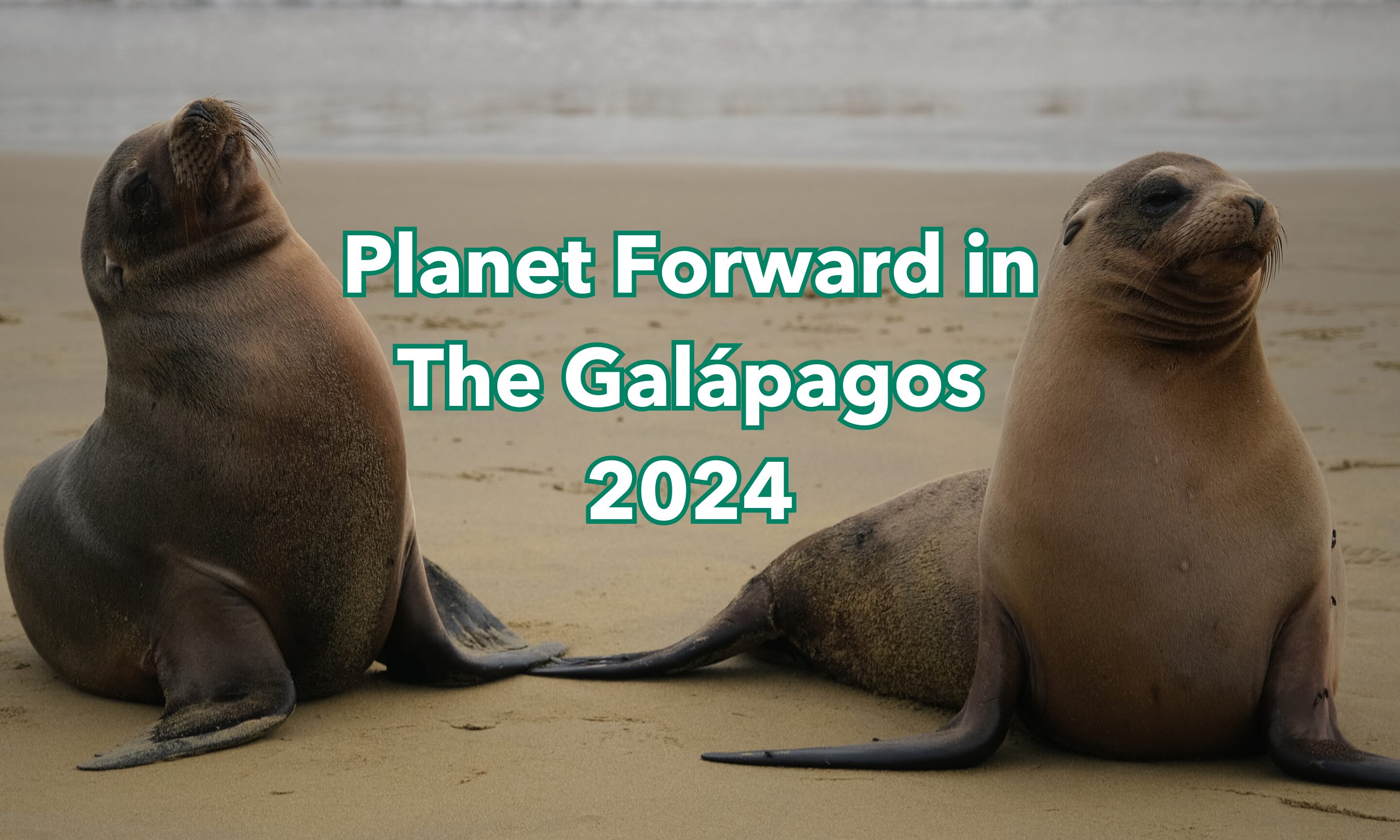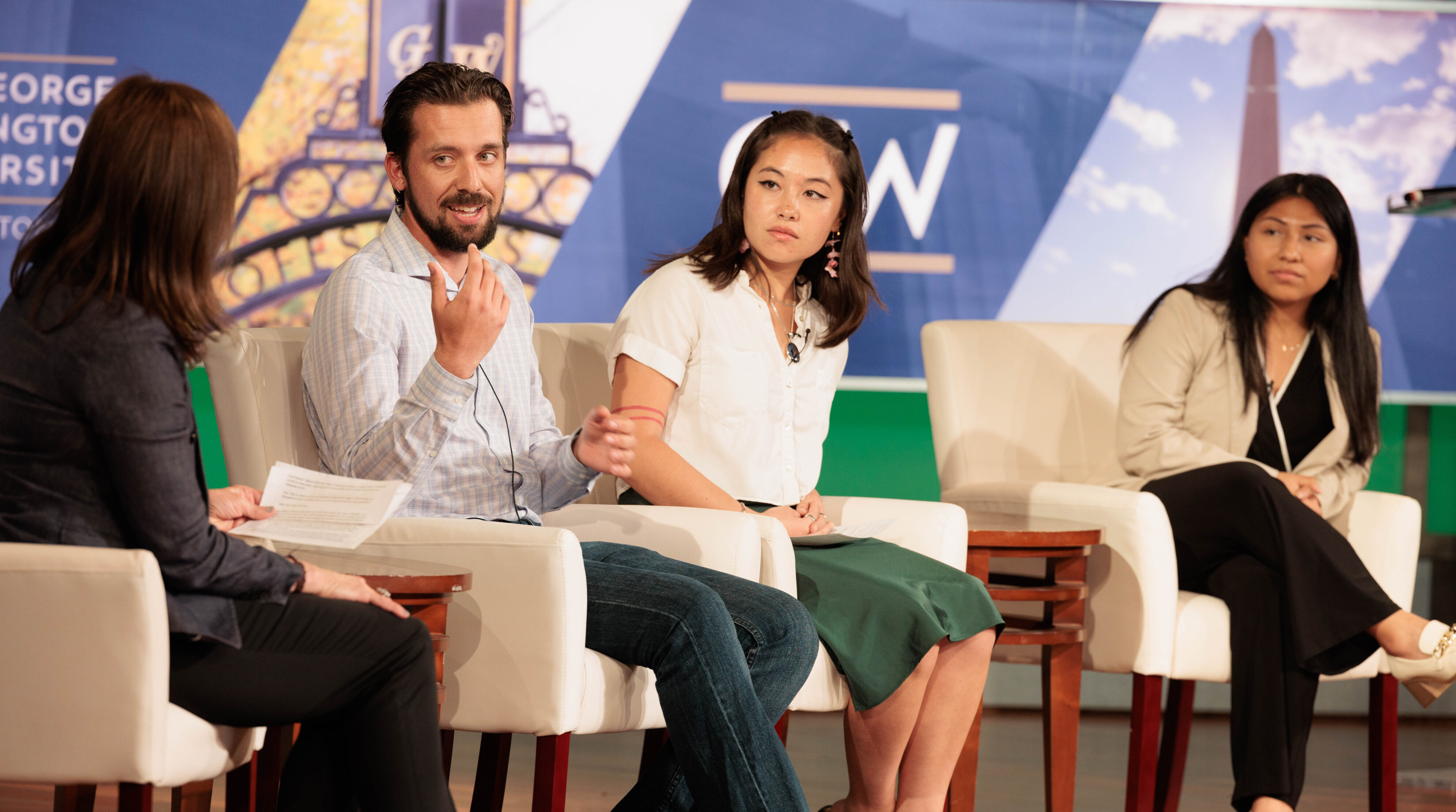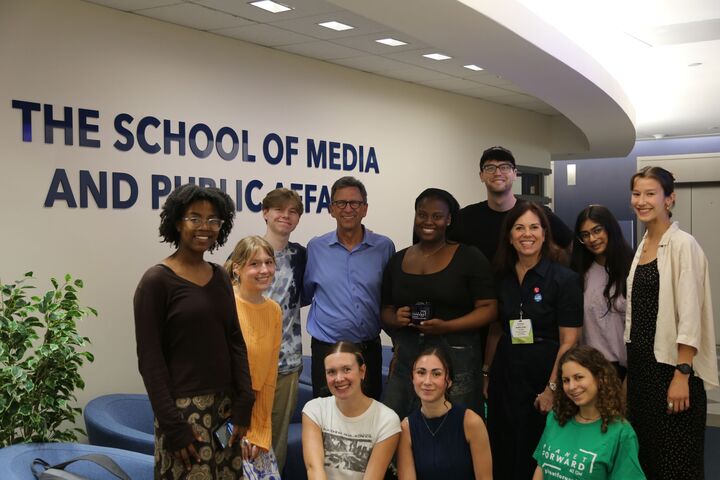
Opinion | Are we past the point of no return?

Climate change is not the great equalizer. Perhaps this characteristic makes it more difficult for some of us to agree that the threat is real. For several years now, scientists have urged policymakers worldwide that we are nearing irreversible levels of carbon dioxide emissions in our atmosphere, heating the planet way beyond its natural climate cycles. Yet during the second presidential debate this year, President Trump was still asked, “What do you believe about the science of climate change?”
Scientists have warned that the earth’s climate is close to reaching a tipping point known as the point of no return. In an interconnected climate system, passing one tipping point could trigger a flood of irreversible changes. If global temperatures rise past 1.5 degrees Celsius, ice sheets could collapse entirely, leading to even higher sea levels. As the sea ice melts and mixes into warming oceans, which store massive amounts of carbon dioxide, the gas from deeper waters will be released. This chain reaction will create an enduring cycle of global warming.
Not only are anthropogenic greenhouse gas emissions causing us to near the climate tipping point, but the United Nations has reported that climate change exacerbates inequality. This disparity is caused by the three factors of increased exposure of disadvantaged groups to the effects of climate change, increased susceptibility to damage, and decreased ability to cope and recover. Advantaged groups that are the most prepared for climate disasters are often the ones who live in safer areas or have the ability to move and rebuild their lives after a disaster hits. For them, the threat may not seem real.
Even amid the massive California wildfires, residents were not affected equally. As the sky turned an apocalyptic red, celebrities were criticized for hiring private firms to supplement state and local firefighters to protect their homes. Meanwhile, housekeepers and gardeners continued to go to work in these homes out of fear of losing their jobs or because no one had bothered to notify them of evacuation orders. For some, the wildfires are a looming threat of losing everything they’ve worked for. Others watch the destruction from the safety of their second homes.
While the nation is busy debating whether climate change is real, a false dichotomy exists between climate change and equality. Climate change is interwoven with racial injustice, gender inequality, and poverty, among other issues. These are not separate issues for policymakers to prioritize, one over the other. By creating awareness for the interconnectivity between the United States’ most pressing problems, people might be able to understand that climate change is tangible. If the nation cannot move past the argument of what is true and what is false, we are already past the point of no return.
To overcome this argument, we need to believe in science. This may seem simple, but how many modern scientists have household names in the United States? Scientists have become faceless in our society due to a lack of adequate communication between scientists and the public. The American media has a duty to become better equipped with reporting scientific news by listening to scientists and translating their quantitative findings into a language that can be consumed and understood by the general public. The Pew Research Center has found that public trust in the government has hit record lows. If the media practiced science reporting that did not get entangled with American politics, trust in science and trust in the government could be renewed.
In an electoral year, people voted based on the partisan issues they stand for and against. Unless we can urgently return climate change to its status as a bipartisan issue, the conversations surrounding taxes, gun laws, or abortion rights won’t matter anymore.























